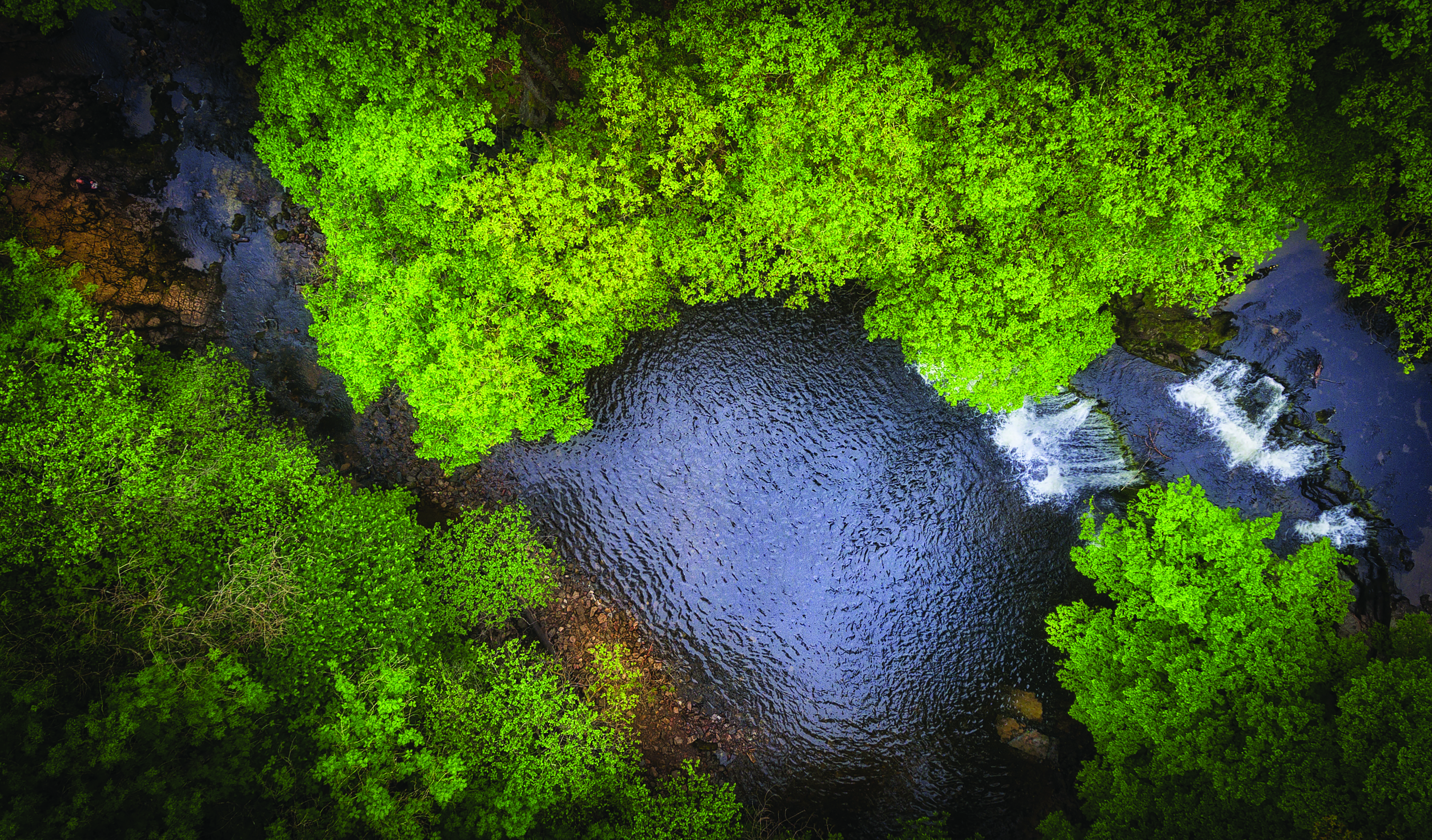This ERAMMP report is an independent evaluation of the current national trends of Wales’ natural resources and the outcomes of the Glastir agri-environment scheme (AES). Wales is unique amongst the four UK Nations in having and maintaining a long-term, integrated national monitoring programme across its rural environment. The quality and breadth of the evidence base presented in the report is unmatched. The design of the programme enables us to compare the results from the last 10 years with those from the historic Countryside Survey stretching back to the 1970’s. In addition, the same design and methodologies used for national trend reporting have been used for Glastir evaluation enabling the contribution of Glastir to be assessed both for land where management options were applied but also how they aggregate up to contribute to the national trends reported.
The results indicate that whilst we are no longer seeing widespread long-term declines, we do not see the transformational change required to meet WG environmental policies and objectives of the Glastir scheme. Whilst there are a number of positive results recorded, there are also worrying signals there are new and persistent negative trends. Further analysis is needed to explore the reasons for this but the lack of adaptation in management practices in response to climate change and ongoing pollution is one possibility.
This report would not have been possible without all the farmers who welcomed our survey teams onto their land, our stakeholder advisory group including the farming unions for their advice and support, and Welsh Government for their commitment to capturing robust scientific evidence to inform policy evaluation and development.
